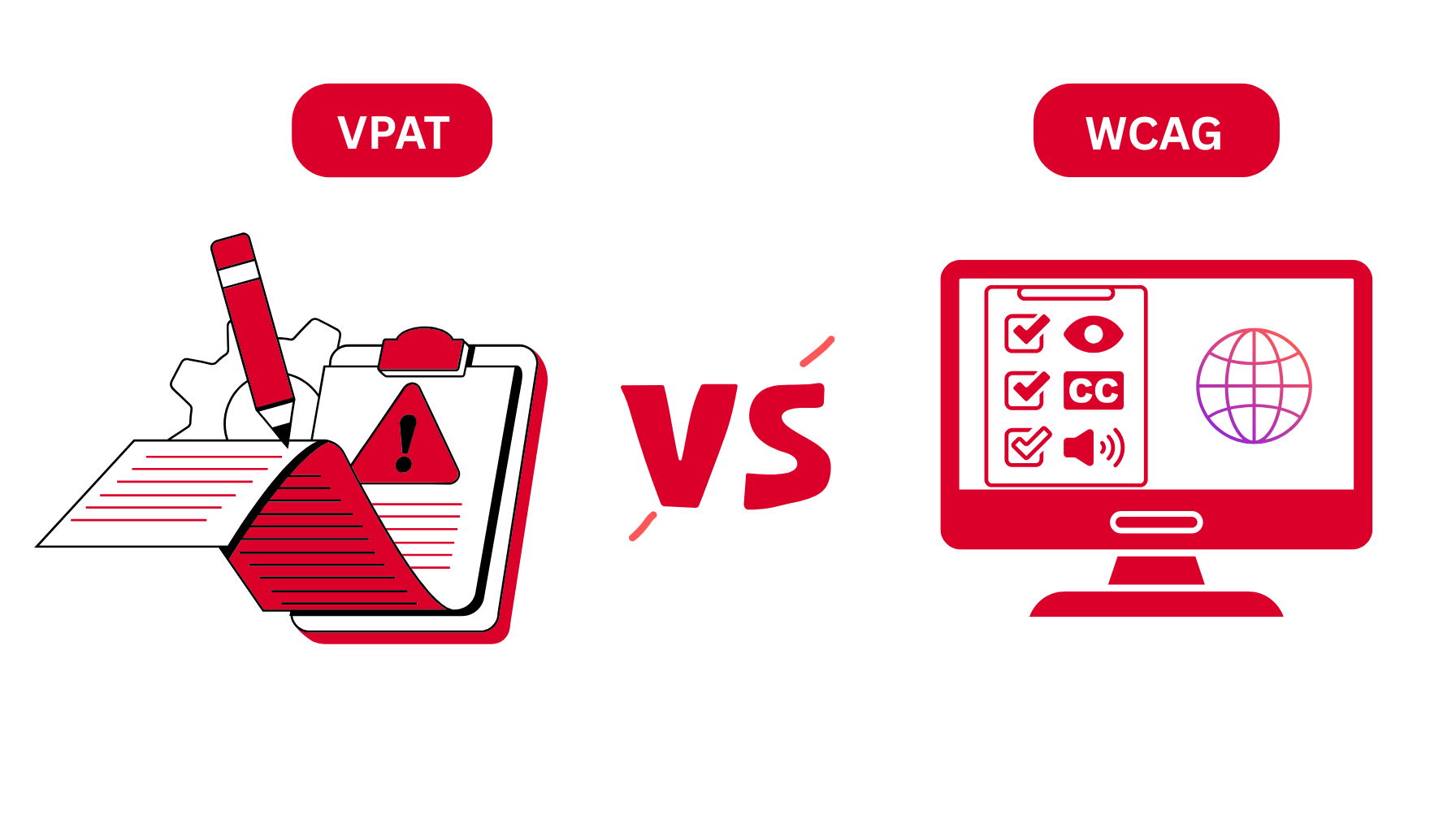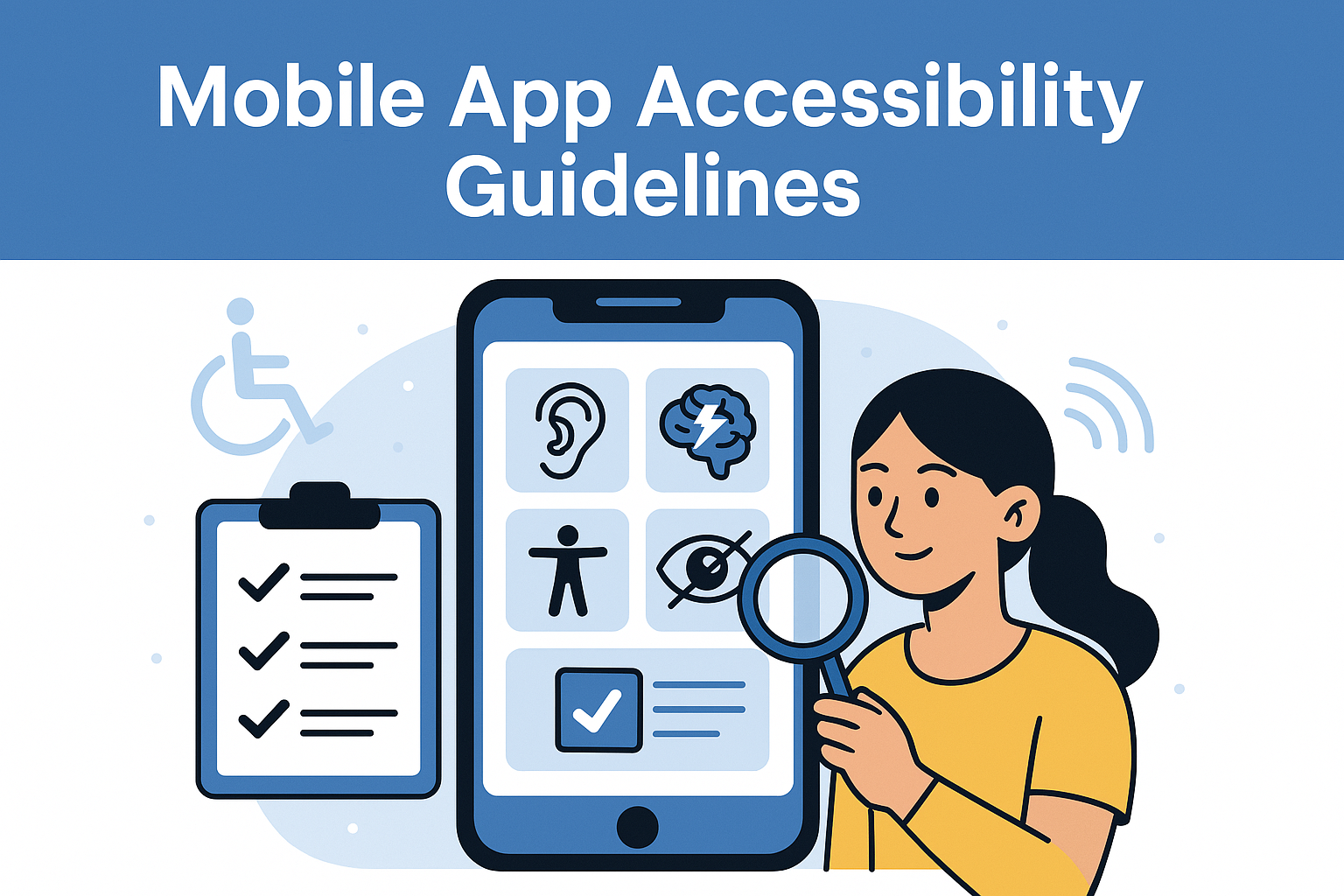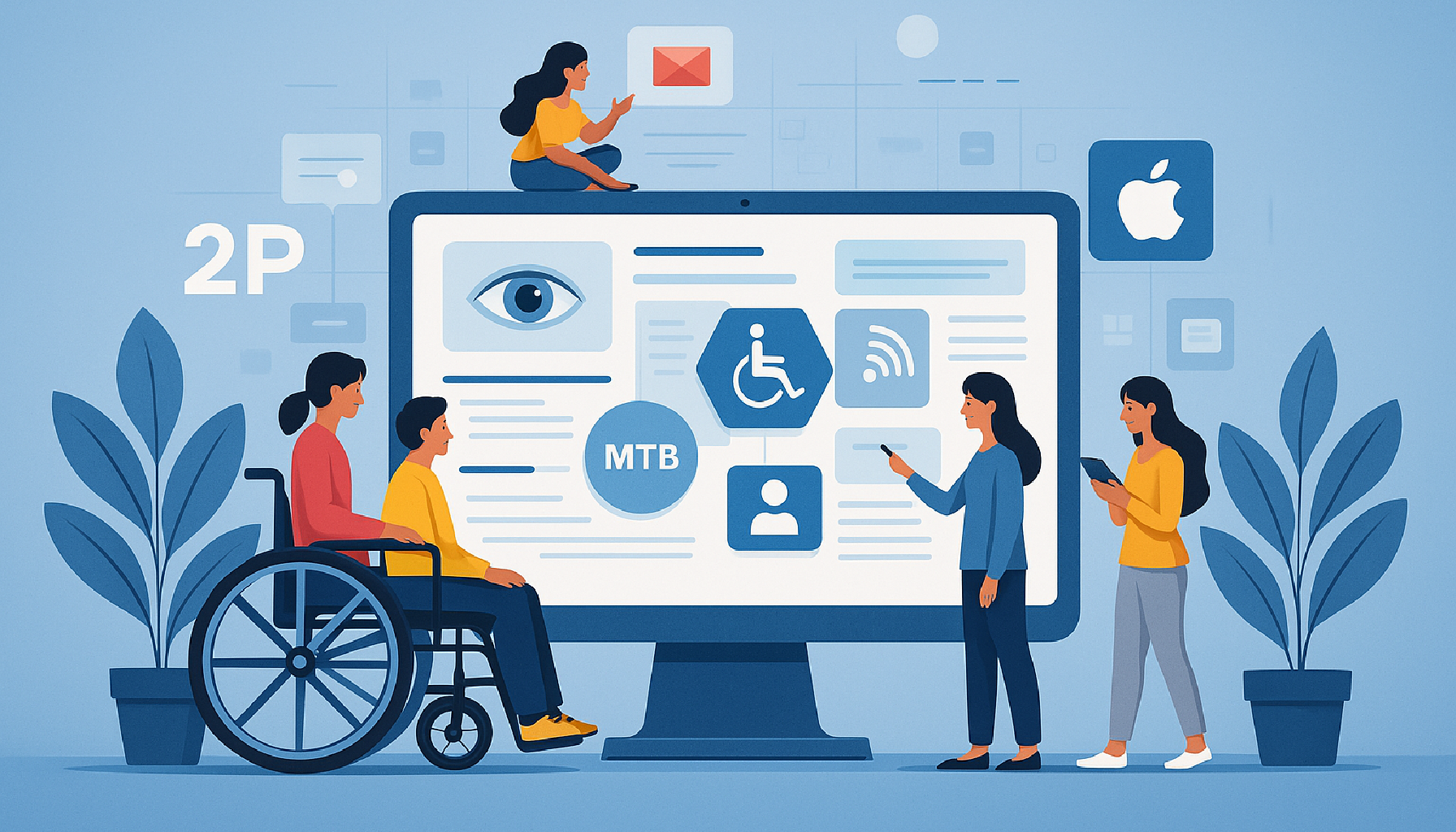
Sambhavi Chandrashekar
With a distinguished career spanning over three decades, Dr. Sambhavi Chandrashekar brings a wealth of experience to her role as Senior Advisor at Accessibility Partners. Sambhavi’s expertise is deeply rooted in the intersection of accessibility, technology, and education. Currently serving as the Global Accessibility Lead at D2L Corporation, she has played a pivotal role in shaping accessible learning environments and technologies.
Sambhavi’s contributions to the field extend beyond corporate boundaries. As a member of the Ontario Government’s AODA Post-secondary Education Standards Development Committee and the lead of its Digital Learning and Technology Subgroup, she has influenced accessibility standards and practices in educational institutions across Ontario. Her involvement with the Universities Canada Expert Selection Committee further underscores her commitment to fostering innovation and accessibility in academia.
In the professional realm, Sambhavi’s leadership is recognized through her active participation in global accessibility communities. As a Vice Chair of the International Association of Accessibility Professionals’ Global Leadership Council and a member of 1EdTech’s task forces on Accessibility and AI, she contributes to shaping international accessibility standards and practices.
Academically, Sambhavi has imparted her knowledge and experience as an Adjunct Professor at OCAD University and York University, specializing in inclusive design and critical disability studies. Her academic work is complemented by her research, which focuses on enhancing web access for individuals with vision impairments, culminating in a Ph.D. from the University of Toronto.
Sambhavi’s dedication to inclusivity is further evidenced by her continuous learning and certification in areas like AI ethics, sign language, and effective communication, reflecting her holistic approach to accessibility and inclusion.
As a Senior Advisor with Accessibility Partners, Dr. Chandrashekar’s profound knowledge, extensive experience, and passionate advocacy for disability inclusion will undoubtedly drive the company’s mission to create more inclusive and accessible environments across industries.
Sambhavi Chandrashekar Blog's

In recent years, the number of web accessibility lawsuits has seen a sharp rise in Canada and around the world. […]

Creating inclusive spaces starts in the parking lot. Handicap parking spaces, also known as accessible parking spaces, are essential for […]

When it comes to digital accessibility, two commonly mentioned frameworks are VPAT and WCAG. While both play an important role […]

Ensuring mobile app accessibility is essential for creating an inclusive user experience. Accessible mobile apps allow people with disabilities to […]

Creating an inclusive digital experience is a fundamental responsibility for UX designers. Accessibility guidelines for UX designers ensure that products […]

Ensuring web accessibility is crucial for making digital content inclusive, and one of the most fundamental aspects is writing effective […]
